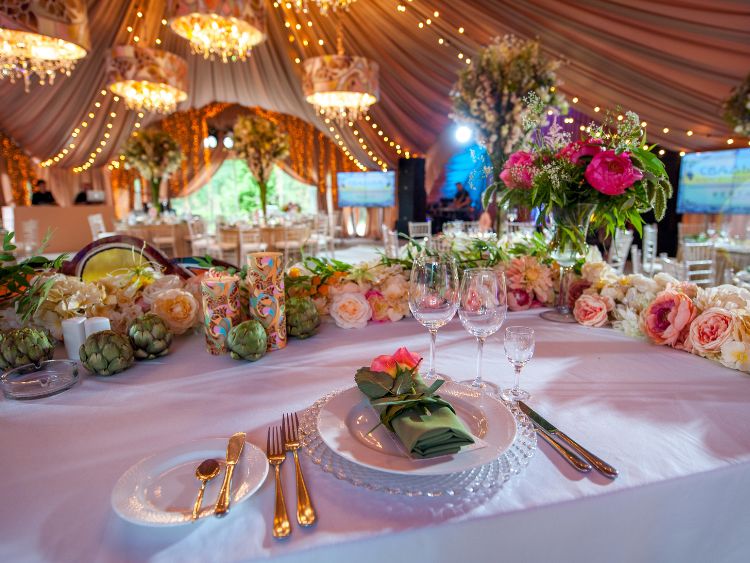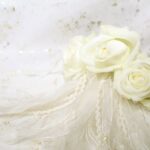Dress to Impress: Mastering the Art of Making a Memorable Impression
We’ve all heard the saying, “You never get a second chance to make a first impression.” In a world where judgments are often made within seconds, how you present yourself matters more than ever. Whether you’re heading to a job interview, attending a social event, or simply want to boost your confidence, dressing to impress is a skill worth mastering.
But what does it mean to ‘dress to impress’? Is it about following the latest fashion trends, or is there more to it? In this article, we’ll dive deep into the concept, offering you practical tips, insights, and strategies to ensure you’re always putting your best foot forward. From understanding the psychology behind clothing choices to mastering the art of accessorizing, we’ve got you covered.
Why Dressing to Impress Matters
Before we get into the how-to’s, let’s talk about why dressing to impress is so crucial. It’s not just about vanity or keeping up appearances—there’s a deeper, psychological aspect at play.
- First Impressions Are Lasting Impressions
The way you dress is one of the first things people notice about you. It can communicate your personality, level of professionalism, and even your confidence. In fact, studies show that people form opinions about others within just a few seconds of meeting them, and your outfit plays a significant role in shaping these opinions. - Boosting Your Confidence
Ever noticed how putting on a sharp suit or a stylish dress can instantly make you feel more confident? There’s a reason for that. Dressing well can boost your self-esteem, making you feel more capable and in control. When you feel good about yourself, it shows, and others are more likely to respond positively to you. - Reflecting Your Personal Brand
Think of your clothing as a form of non-verbal communication. The way you dress can convey a lot about who you are, what you value, and how you see yourself. Whether you’re aiming for a professional, creative, or casual look, your outfit should align with your personal brand.
Understanding the Psychology of Clothing
Did you know that the colors, styles, and even the fit of your clothes can influence not only how others perceive you but also how you perceive yourself? This phenomenon is known as “enclothed cognition,” and it plays a significant role in the concept of dressing to impress.
- Colors and Their Impact
- Black: Often associated with power, elegance, and sophistication. Wearing black can make you appear more authoritative and confident.
- Red: A bold color that symbolizes passion, energy, and excitement. It’s a great choice if you want to stand out and make a statement.
- Blue: Known for its calming and trustworthy qualities. Blue is an excellent choice for interviews or situations where you want to convey reliability.
- White: Represents purity, simplicity, and cleanliness. Wearing white can give off an impression of openness and honesty.
- The Power of Fit
No matter how expensive or stylish your clothes are, if they don’t fit well, they won’t have the desired effect. Ill-fitting clothes can make you look sloppy and unprofessional, whereas well-tailored garments can enhance your physique and give you a polished appearance. - Accessorizing with Purpose
Accessories are more than just add-ons; they can elevate your entire look. A well-chosen accessory can be a conversation starter or a way to express your personality. However, it’s important not to overdo it—balance is key. Choose accessories that complement your outfit without overwhelming it.
How to Dress to Impress: Practical Tips
Now that we’ve covered the why and the psychology behind it, let’s get into the nitty-gritty of how to dress to impress. Here are some practical tips to help you nail your look every time.
- Know Your Audience
Who are you dressing for? Is it a formal event, a casual gathering, or a professional meeting? Understanding the context is crucial in determining what to wear. While it’s important to stay true to your personal style, it’s equally important to dress appropriately for the occasion. - Invest in Timeless Pieces
Trends come and go, but classic pieces never go out of style. Invest in high-quality basics like a well-fitted blazer, a versatile pair of dress shoes, or a little black dress. These items can be mixed and matched to create a variety of looks, ensuring you’re always prepared for any occasion. - Pay Attention to Details
The little things matter more than you might think. Make sure your clothes are clean, pressed, and free of wrinkles. Check that your shoes are polished and your accessories are in good condition. These small details can make a big difference in the overall impression you make. - Experiment with Layers
Layering is not only practical but also adds depth and interest to your outfit. A well-chosen jacket, scarf, or cardigan can take a simple look to the next level. Plus, layers give you the flexibility to adjust your outfit as needed throughout the day. - Don’t Forget Grooming
Dressing well isn’t just about the clothes you wear—your grooming matters too. Ensure your hair is neat, your nails are clean, and your makeup (if you wear it) is appropriate for the occasion. Good grooming shows that you pay attention to detail and take pride in your appearance.
Dressing to Impress in Different Scenarios
Different occasions call for different approaches to dressing to impress. Here’s how you can tailor your look to suit various situations.
- Job Interviews
- Men: A well-fitted suit in a neutral color like navy or gray is a safe bet. Pair it with a crisp white shirt and a conservative tie. Don’t forget polished shoes and a neat haircut.
- Women: A tailored blazer and dress pants or a pencil skirt with a blouse can make a strong impression. Choose minimal jewelry and opt for a classic pair of pumps.
- Corporate Events
- Men: A smart business casual look works well—think chinos paired with a dress shirt and a blazer. You can add a tie for a more formal touch.
- Women: A knee-length dress or a blouse with a midi skirt can strike the right balance between professional and stylish. Consider carrying a statement handbag to elevate the look.
- Casual Gatherings
- Men: Go for a polished yet relaxed look with a well-fitted pair of jeans, a casual button-down shirt, and loafers or clean sneakers.
- Women: A chic jumpsuit or a flowy sundress paired with sandals can be both comfortable and fashionable. Add a few delicate accessories to complete the outfit.
Common Mistakes to Avoid
Even with the best intentions, it’s easy to make mistakes when trying to dress to impress. Here are some pitfalls to steer clear of:
- Overdressing or Underdressing
Striking the right balance is key. Overdressing can make you appear out of touch, while underdressing can come across as disrespectful. Always consider the context and dress accordingly. - Ignoring the Weather
No matter how great your outfit looks, if it’s inappropriate for the weather, it will lose its impact. Always check the forecast and dress in layers if needed, so you’re prepared for any changes. - Wearing Uncomfortable Shoes
No matter how stylish your shoes are, if they hurt your feet, it will show in your body language. Opt for footwear that’s both stylish and comfortable, especially if you know you’ll be on your feet for an extended period.
FAQs
1. What should I wear to a business casual event?
Business casual typically means dressing in a way that is professional yet relaxed. For men, this could mean chinos or dress pants with a button-down shirt, while women might opt for a blouse with a skirt or dress pants. Avoid jeans and overly casual items like t-shirts.
2. How can I ensure my outfit is appropriate for a formal event?
For formal events, it’s always better to be slightly overdressed than underdressed. Men should consider wearing a suit and tie, while women might opt for a cocktail dress or a gown, depending on the event’s dress code.
3. Is it okay to wear bold colors to a job interview?
While it’s generally safer to stick to neutral colors, you can incorporate bold colors in a subtle way, such as in your accessories or a tie. The key is to ensure the overall look remains professional.
4. How can I dress to impress on a budget?
Invest in a few high-quality basics that you can mix and match. Look for sales or shop at discount stores for stylish items at a lower cost. Remember, it’s not about the price tag but how you put the outfit together.
5. Can I dress to impress while staying true to my personal style?
Absolutely! The key is to find a balance between expressing your individuality and dressing appropriately for the occasion. Personal style should enhance your look, not overshadow it.
Conclusion
Dressing to impress is an art that combines understanding the psychology of clothing, knowing your audience, and paying attention to details. Whether you’re preparing for a job interview, a corporate event, or a casual gathering, your outfit can significantly influence how others perceive you and how you feel about yourself.
By following the tips and strategies outlined in this guide, you’ll be well-equipped to make a memorable impression every time you step out the door. Remember, confidence is your best accessory—wear it proudly!
Authoritative Links
This article is your go-to resource for mastering the art of dressing to impress. Whether you’re new to the concept or looking to refine your style, the insights provided here will help you make informed choices that leave a lasting impression.



